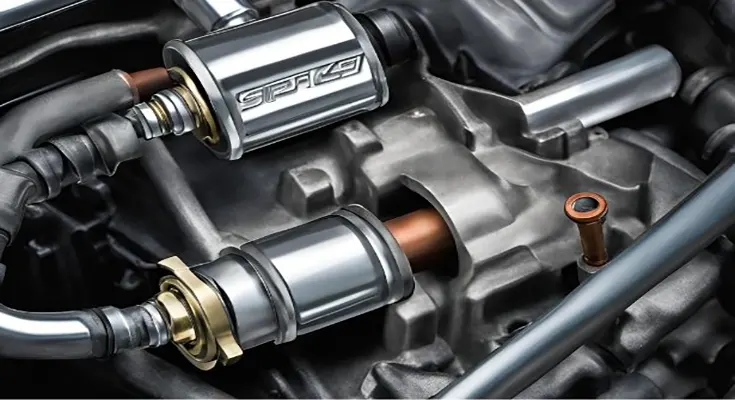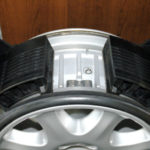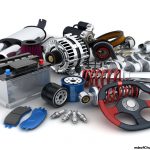Ignition coils are essential components in your chevy ignition coil replacement engine. They play a crucial role in generating the high-voltage spark needed to ignite the fuel-air mixture in the combustion chamber. When a faulty ignition coil malfunctions, it can lead to a variety of engine problems, including misfires, reduced fuel efficiency, and difficulty starting.
1. Ignition coil
2. What Are the Signs of Bad Ignition Coils?
Signs of a Faulty Ignition Coil
Before diving into the replacement process, it’s important to recognize the common symptoms of a bad ignition coil:
- Misfires: The engine will run rough, and you may notice a shaking or stumbling sensation.
- Reduced fuel economy: A faulty coil can cause the engine to burn more fuel than usual.
- Difficulty starting: The engine may struggle to start or take multiple attempts.
- Check engine light: A malfunctioning ignition coil can trigger the check engine light to illuminate.
Preparing for Ignition Coil Replacement
To ensure a smooth replacement process, gather the necessary tools and materials:
- New ignition coil: Make sure to purchase the correct coil for your Chevy model and engine.
- Socket wrench: You’ll need a socket wrench to remove and install the bolts holding the coil in place.
- Ratchet: A ratchet will help you apply torque to the bolts.
- Torque wrench: Use a torque wrench to tighten the bolts to the specified torque setting.
- Wire stripper: If you need to disconnect any wires, a wire stripper will be helpful.
- Gloves: Protect your hands from any sharp edges or hot components.
- Safety glasses: Wear safety glasses to protect your eyes from debris.
Step-by-Step Guide to Replacing a Chevy Ignition Coil
Disclaimer: While this guide provides general instructions, specific procedures may vary depending on your Chevy model and engine. Always refer to your vehicle’s service manual for accurate information.
1. Disconnect the Battery:
- Locate the battery under the hood and disconnect the negative terminal first. This will prevent electrical shock and avoid accidental starting.
2. Access the Ignition Coil:
- Remove any plastic covers or air intake components that obstruct access to the ignition coil.
- Locate the coil, which is typically found on top of the engine or near the spark plugs.
3. Disconnect the Wiring Harness:
- Carefully unplug the electrical connector from the ignition coil. Refer to your vehicle’s manual for the exact location and release mechanism.
- Disconnect any spark plug wires attached to the coil.
4. Remove the Coil:
- Use the socket wrench and ratchet to loosen and remove the bolts securing the ignition coil to the engine.
- Carefully lift the coil out of its mounting position.
5. Install the New Coil:
- Position the new ignition coil in the same location as the old one.
- Align the mounting holes and insert the bolts.
- Tighten the bolts to the specified torque using the torque wrench.
6. Reconnect the Wiring:
- Plug the spark plug wires back onto the new coil.
- Connect the electrical connector to the coil.
7. Reassemble the Engine Components:
- Replace any removed covers or air intake components.
8. Reconnect the Battery:
- Connect the negative terminal of the battery back to the vehicle.
9. Test the Engine:
- Start the engine and listen for any unusual noises or misfires.
- If the problem persists, consult a professional mechanic for further diagnosis.
Additional Tips for Ignition Coil Replacement
- Clean the Area: Before installing the new coil, clean the area around the mounting surface to remove any dirt or debris.
- Inspect the Spark Plugs: While you have the ignition coil removed, inspect the spark plugs for signs of wear or damage. Replace any faulty spark plugs to ensure optimal engine performance.
- Use Quality Replacement Parts: Choose high-quality ignition coils from reputable brands to ensure reliability and longevity.
- Consult a Professional if Necessary: If you’re unsure about the replacement process or encounter difficulties, seek assistance from a qualified mechanic.
By following these steps and taking necessary precautions, you can successfully replace the ignition coil in your Chevy and restore proper engine function.











